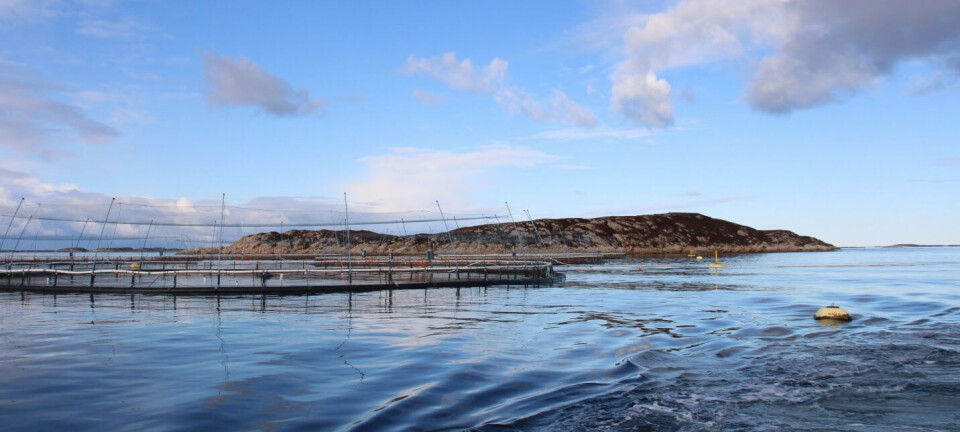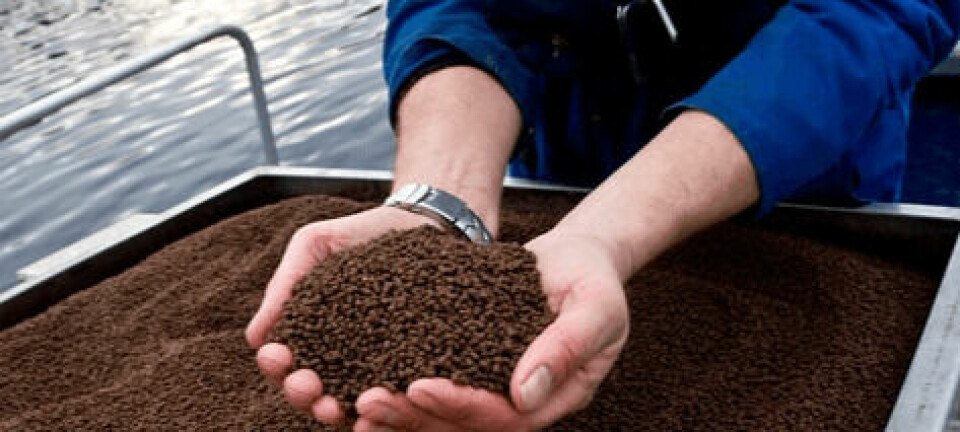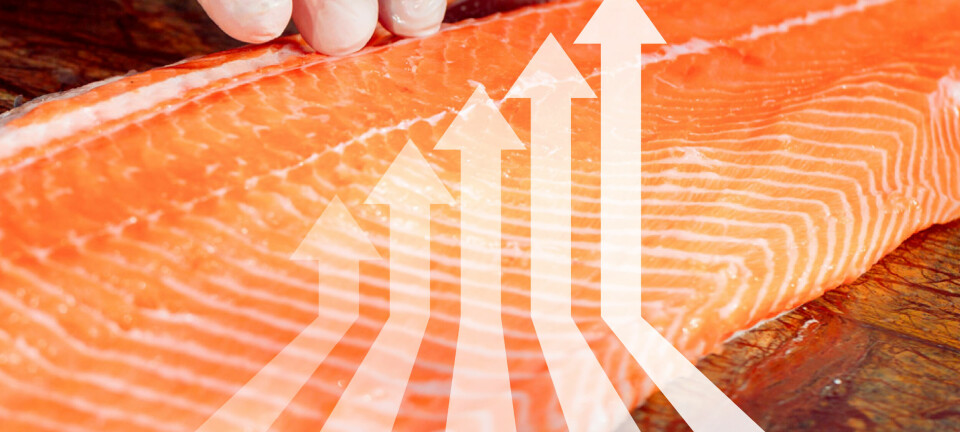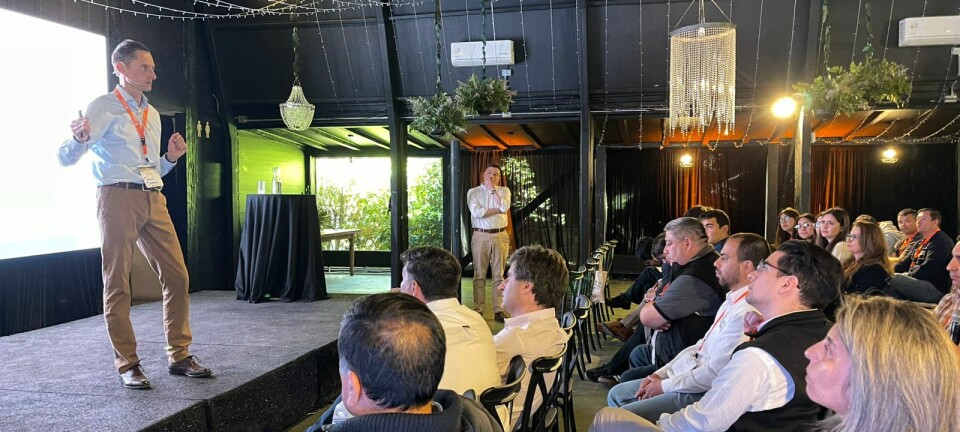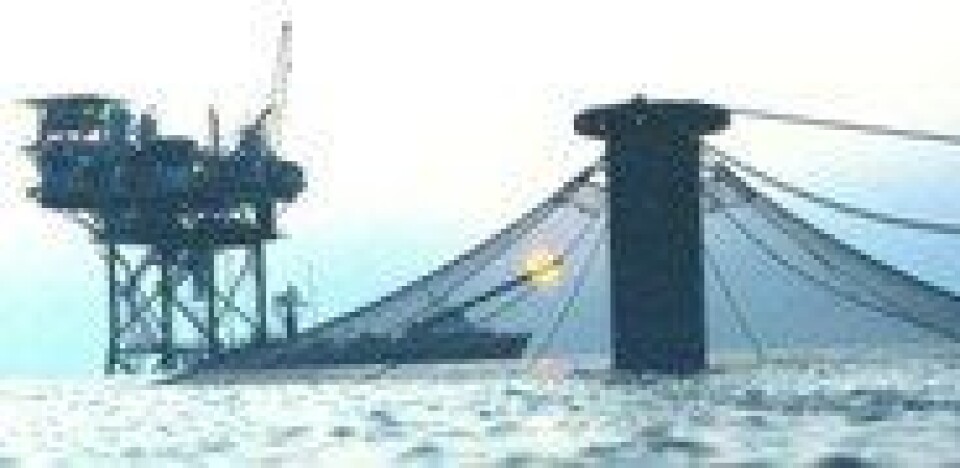
New rules proposed for Gulf of Mexico aquaculture
By far, most of the seafood consumed in the United States comes from elsewhere, and about half of that is imported from fish farms in foreign countries. The country’s government has for a long time tried to introduce legislation and rules that would make it easier for its entrepreneurs and outside investors to increase the production of seafood from aquaculture operation- especially marine based ones. The Gulf of Mexico with its thousands of expired oil rigs has been of particular interest by the National Oceanic and Atmospheric Administration (NOAA) for some time, as these solid structures could represent good, basic infrastructure for aquaculture production sites. A release issued yesterday describes the process of obtaining public comments to a new set of rules proposed for the expansion of aquaculture in the Gulf:
NOAA Fisheries is seeking public comment on a proposed rule for the Gulf of Mexico Fishery Management Council’s Fishery Management Plan for Regulating Offshore Marine Aquaculture in the Gulf of Mexico (Aquaculture Plan). The public comment period ends on October 27, 2014.
Background
Prior to the Aquaculture Plan, an exempted fishing permit was required to conduct aquaculture in federal waters. Since exempted fishing permits are of limited duration, they are not the best option for commercial aquaculture operations. The purpose of this rulemaking is to establish a regional permitting process to manage the development of an environmentally-sound and economically-sustainable aquaculture industry in federal waters of the Gulf of Mexico (Gulf). A maximum of twenty Gulf aquaculture permits over a period of 10 years could be issued under this proposed rule.
The proposed rule would:
- Establish Gulf aquaculture permit requirements, eligibility, and transferability.
- Establish application requirements, operational requirements, and restrictions for Gulf Aquaculture permits.
- Establish Gulf aquaculture permit duration and renewal periods.
- Specify allowable species for aquaculture purposes.
- Evaluate proposed aquaculture systems on a case-by-case basis.
- Establish marine aquaculture siting requirements and conditions.
- Create a restricted access zone around each aquaculture facility where no fishing may occur and no fishing vessels may operate in or transit through (unless they possess a copy of the facilities' aquaculture permit onboard).
- Establish recordkeeping and reporting requirements.
- Establish biological reference points (e.g., maximum sustainable yield which is the total yield harvested by all aquaculture operations in a given year), annual catch limit and accountability measures, and status determination criteria (e.g., overfishing and overfished status) for aquaculture operations.
- Specify procedures for modifying biological reference points and management measures for offshore marine aquaculture in the Gulf.
Other information on the Gulf aquaculture permit is also discussed in the Aquaculture Plan. If this rulemaking is implemented, the administrative functions associated with it (e.g., registration and account setup, landing transactions, and most reporting requirements) are intended to be accomplished online via the aquaculture Web site. A participant must have access to a computer and Internet access and must set up an appropriate online aquaculture account to participate.




















